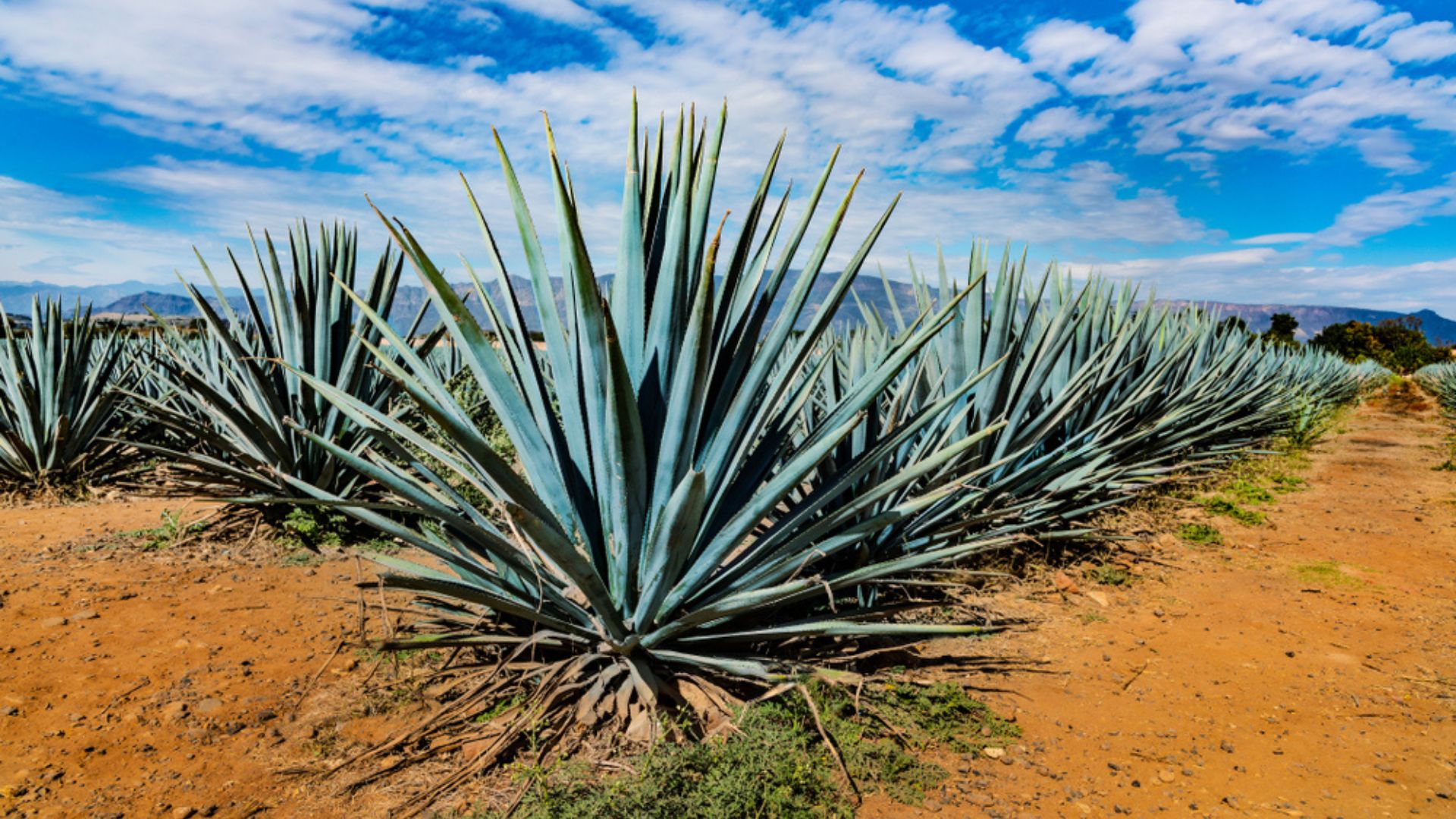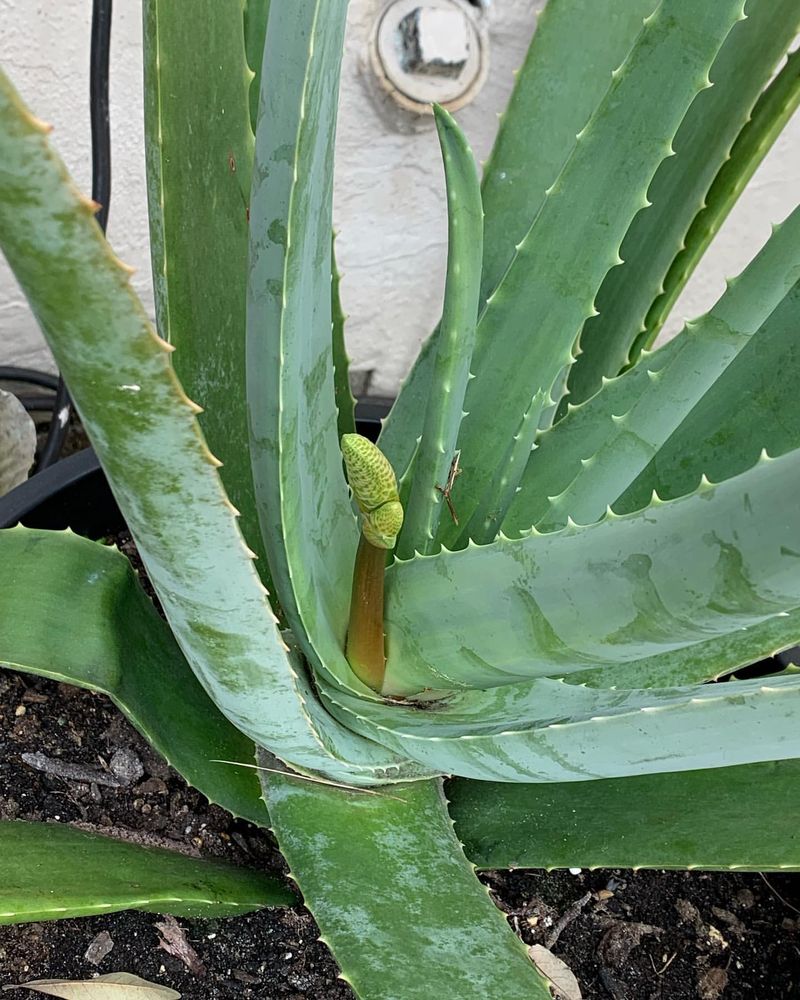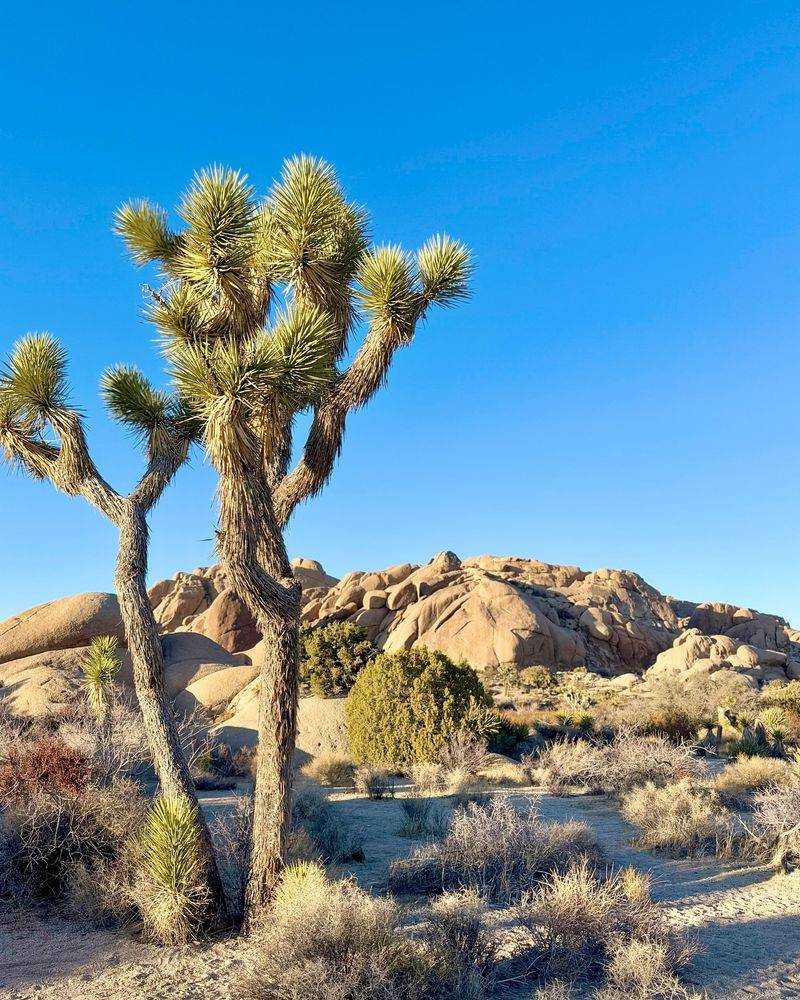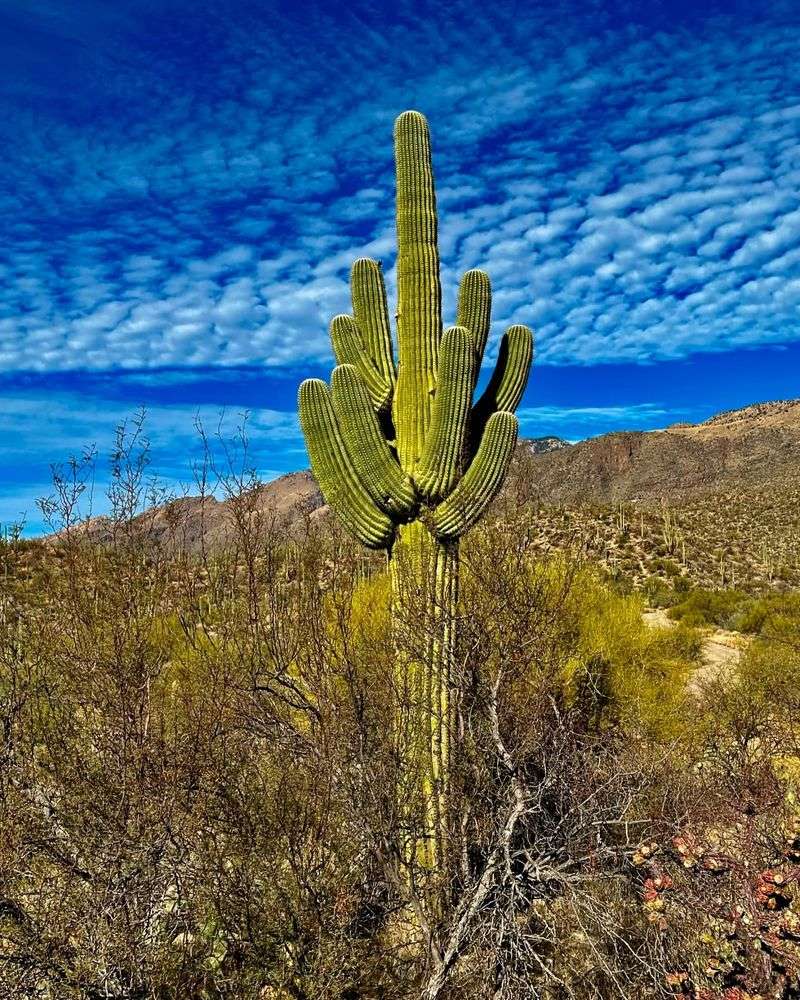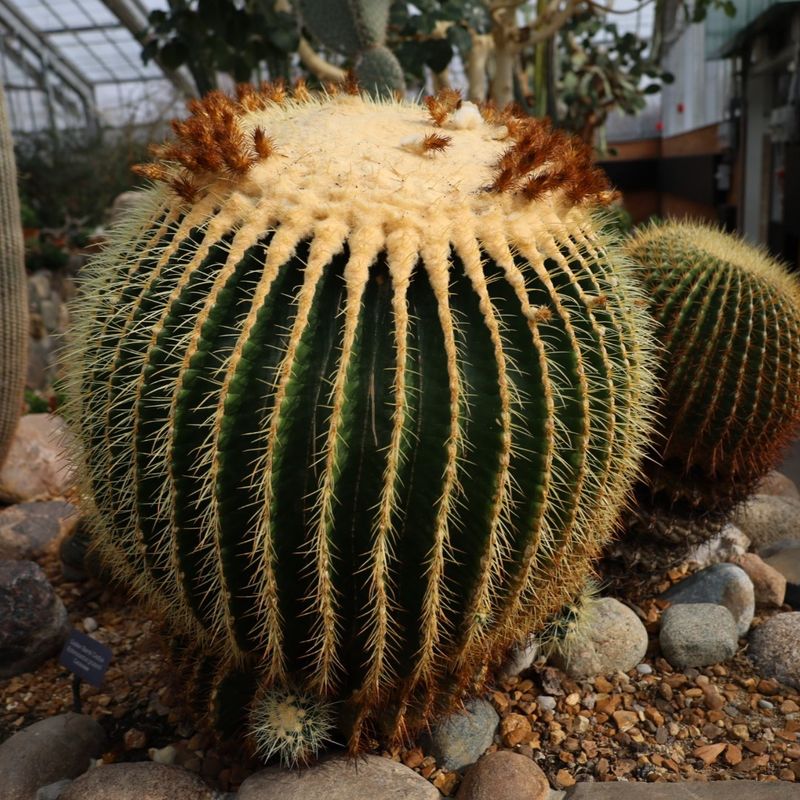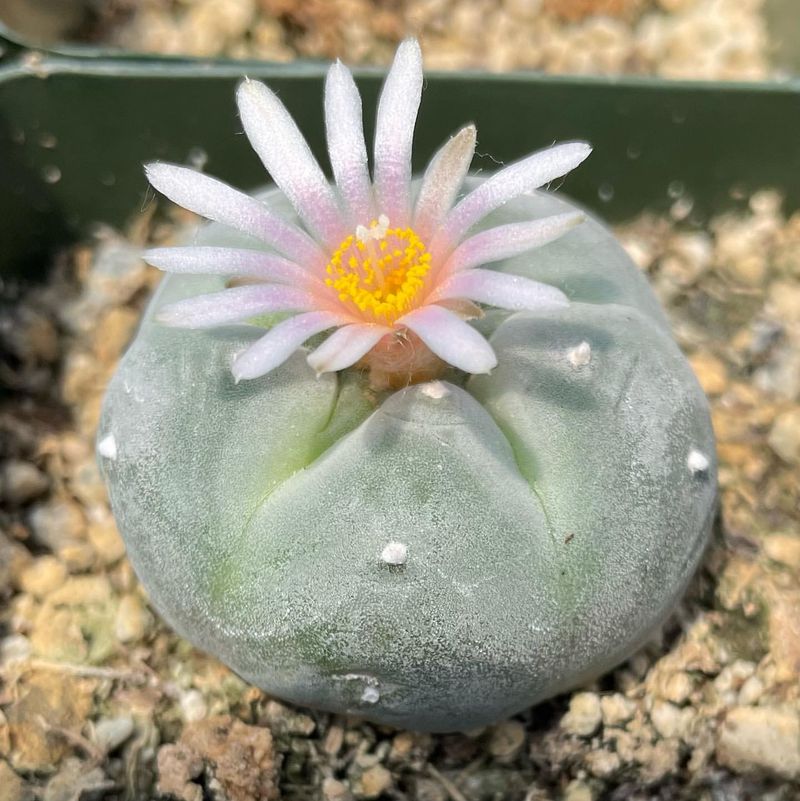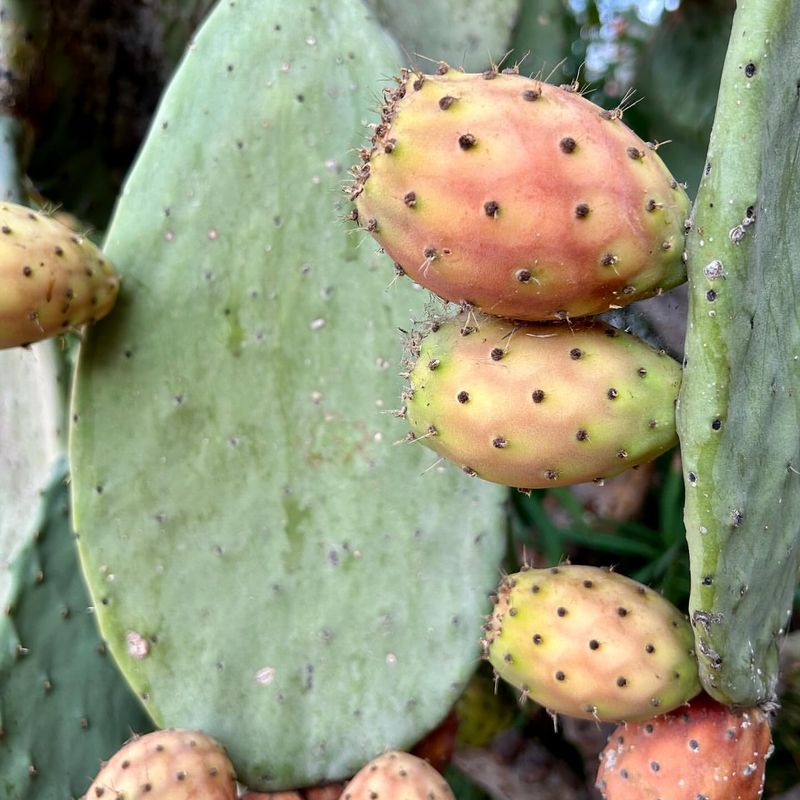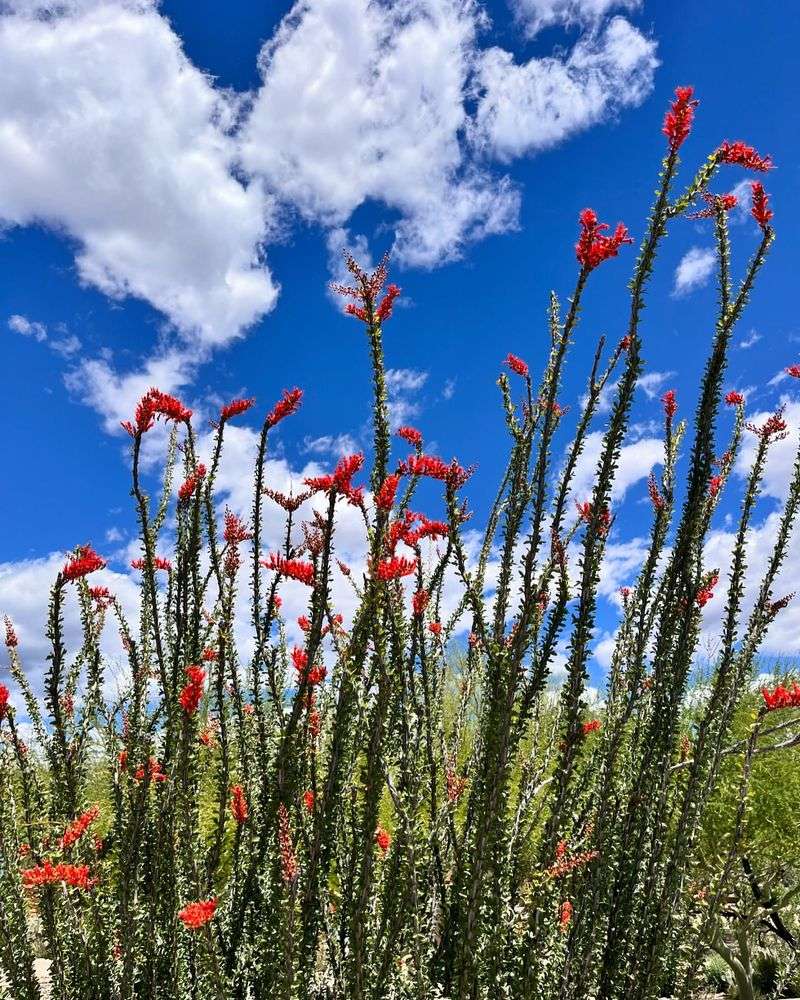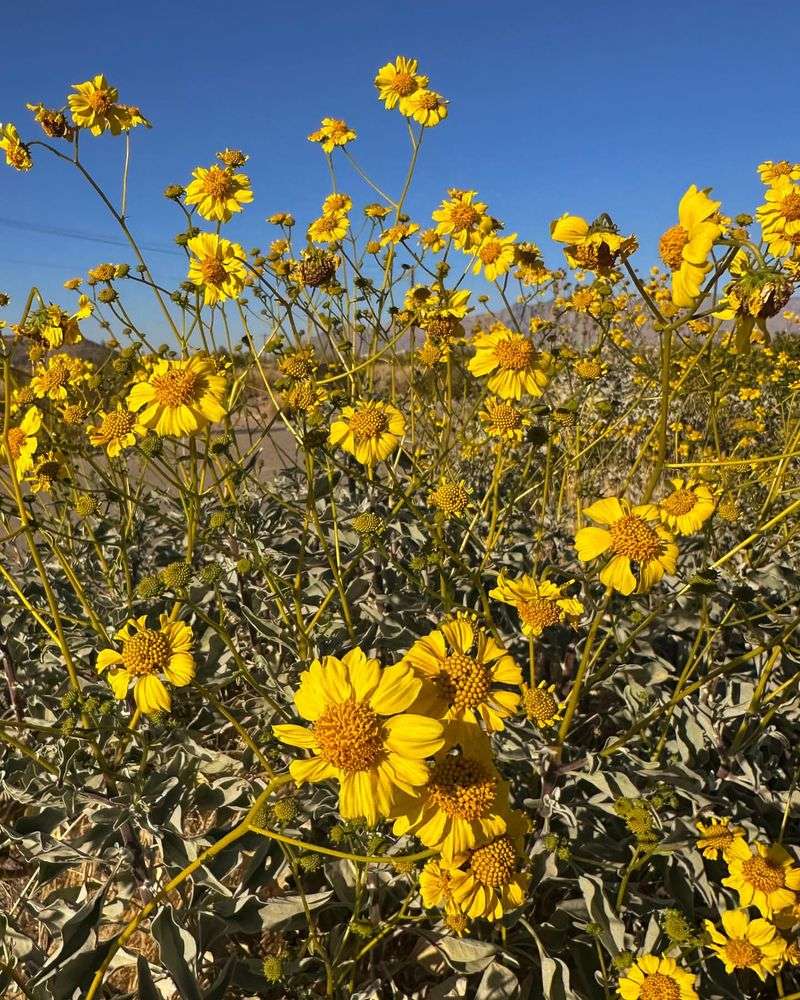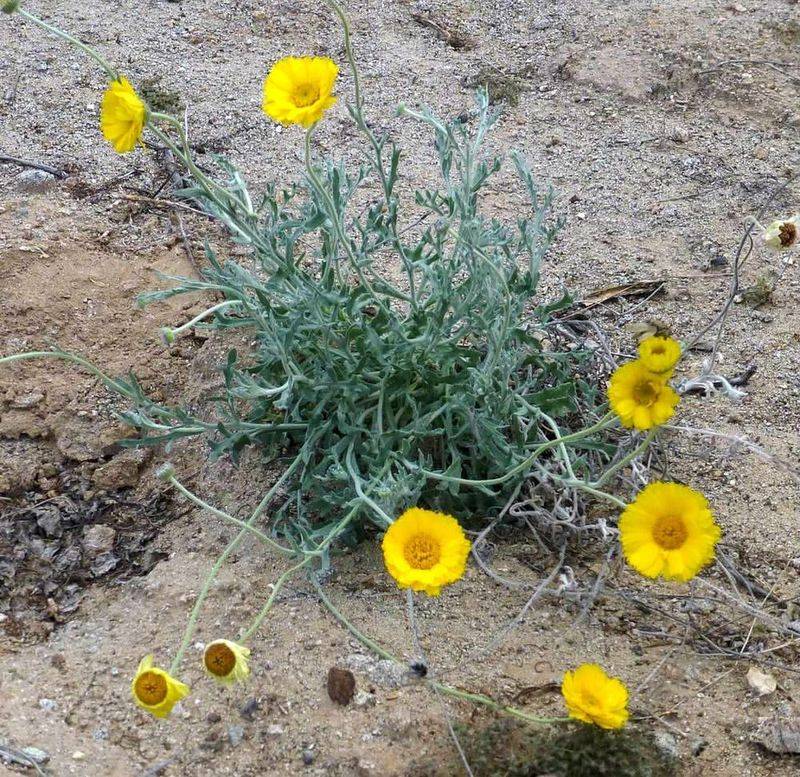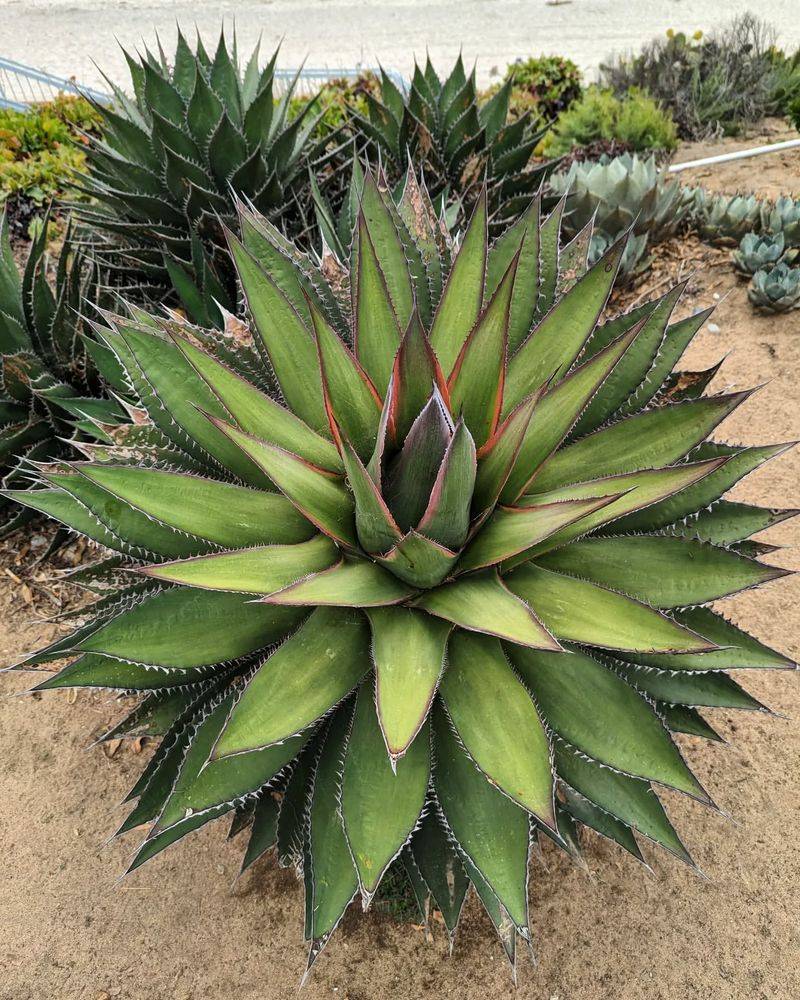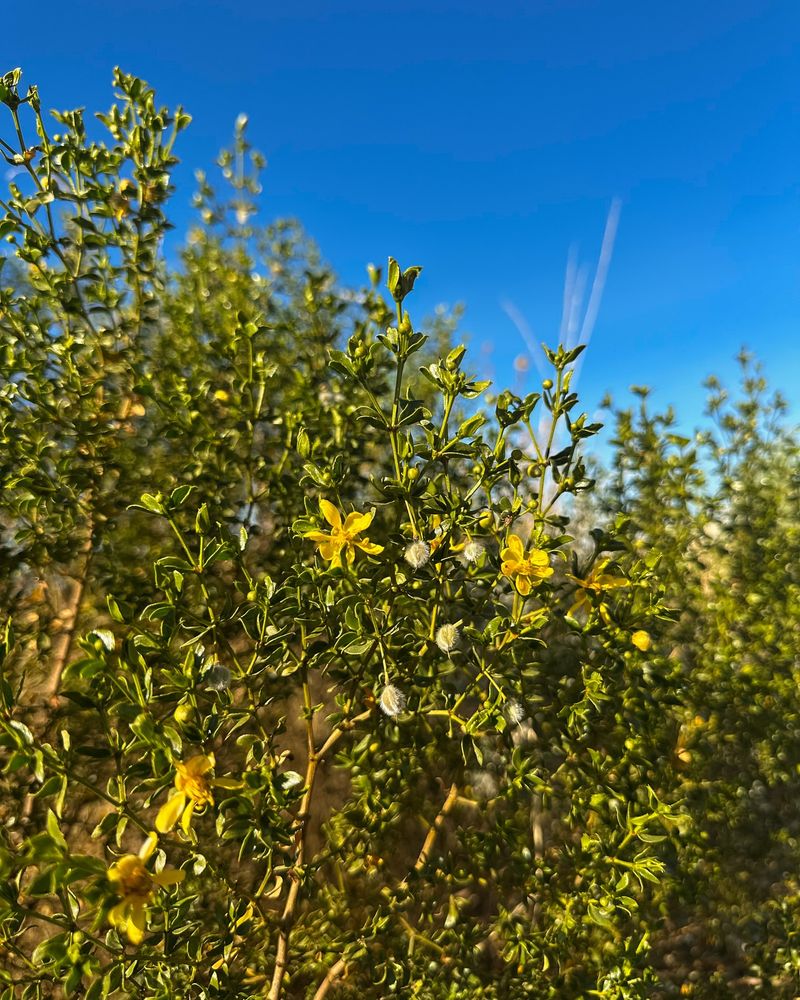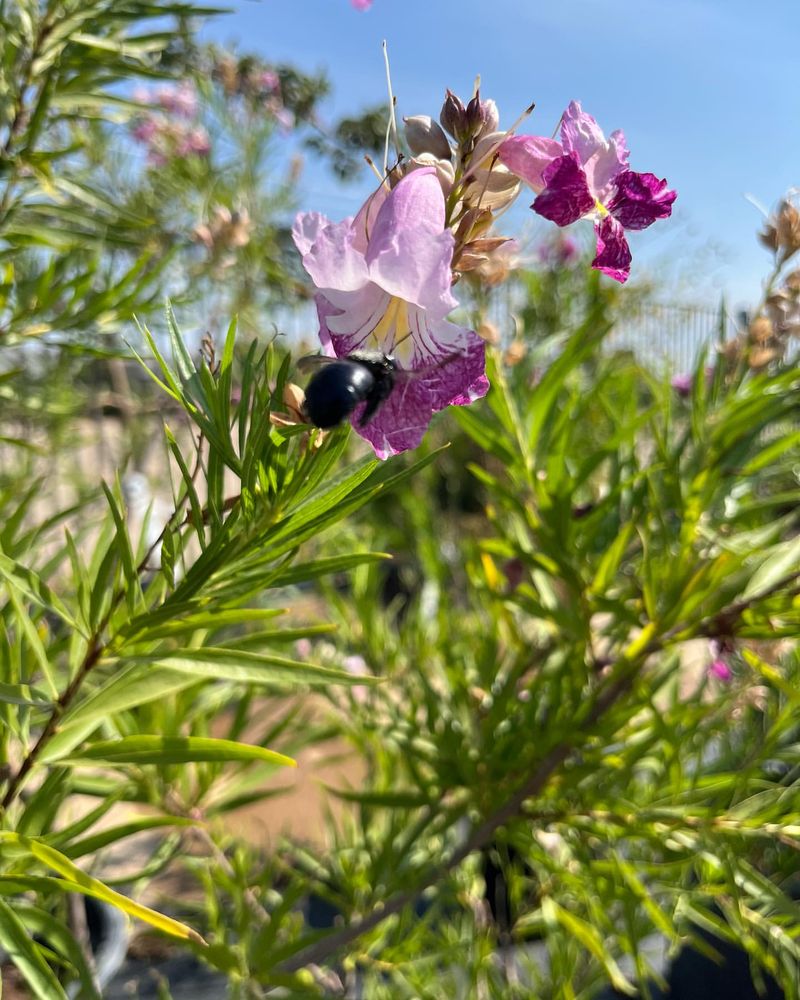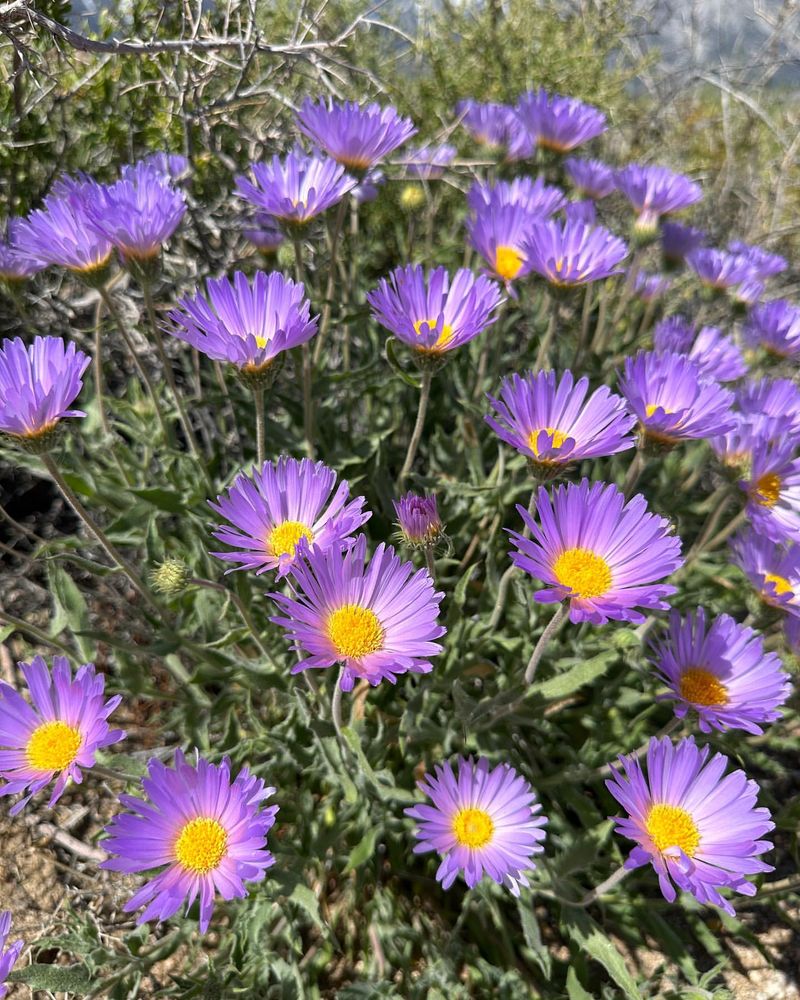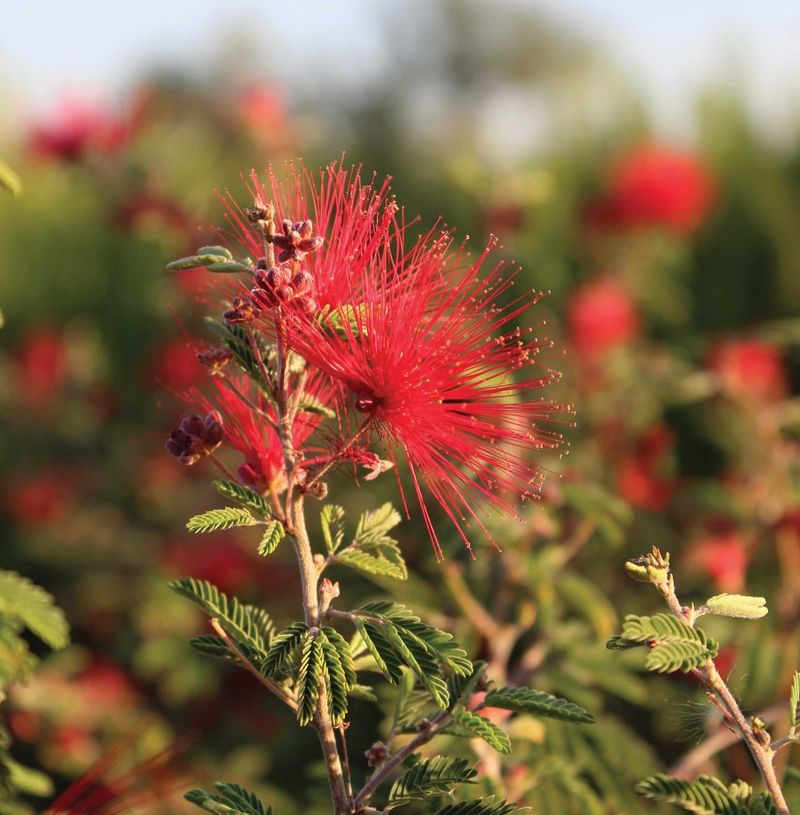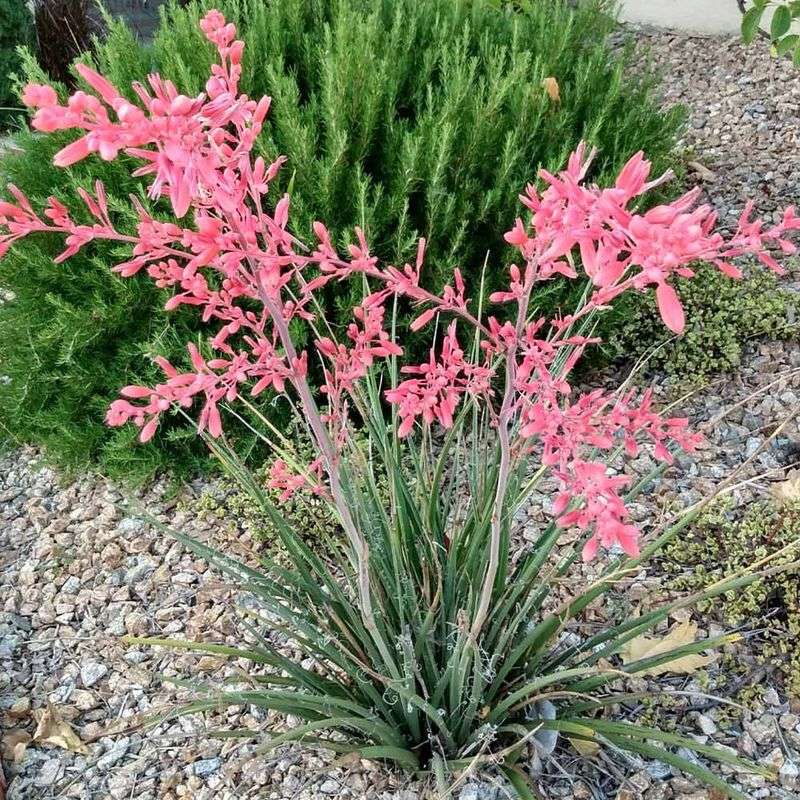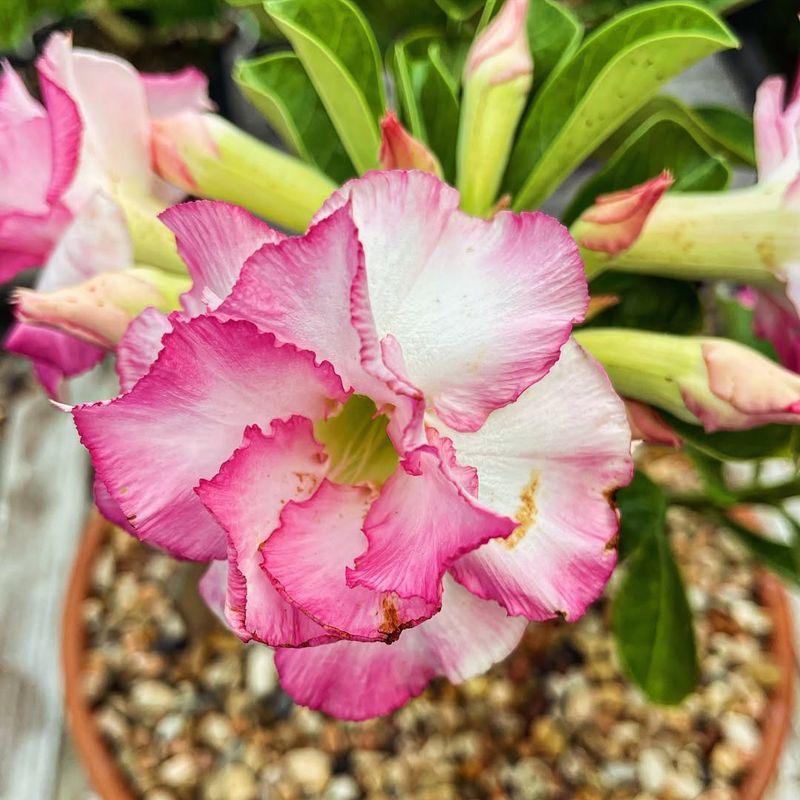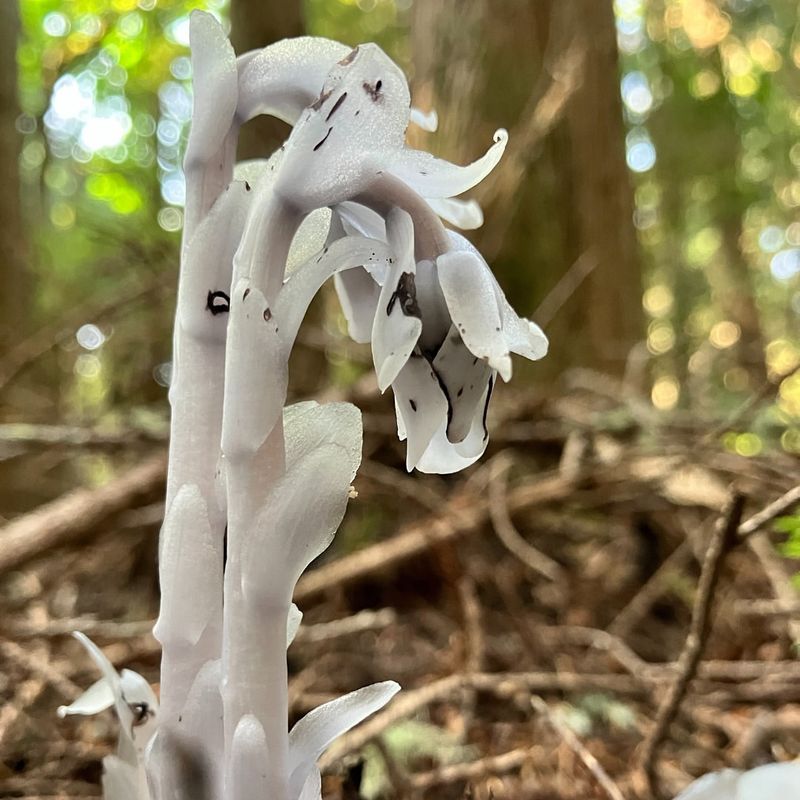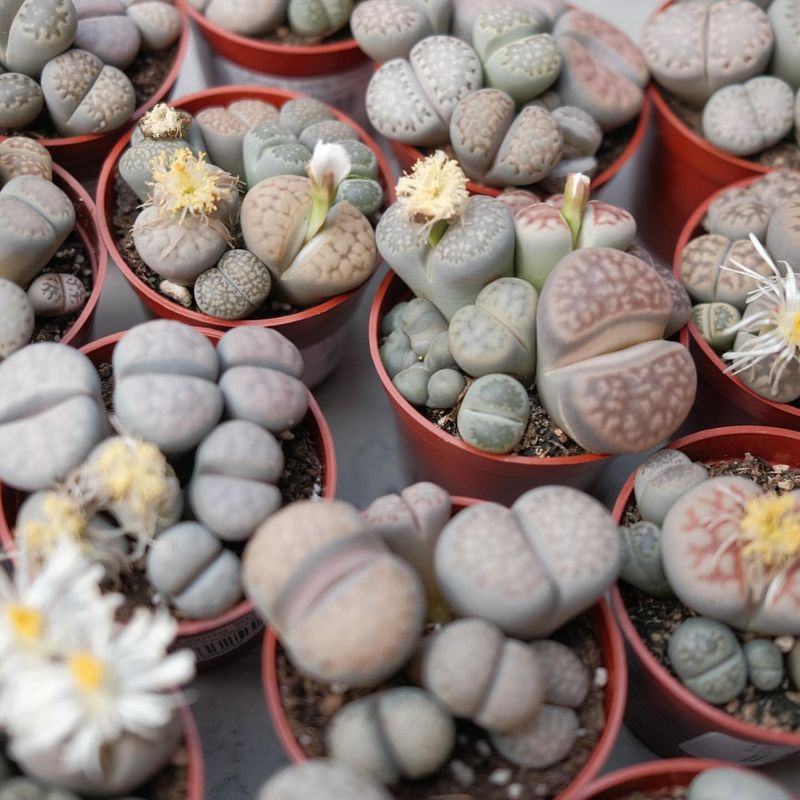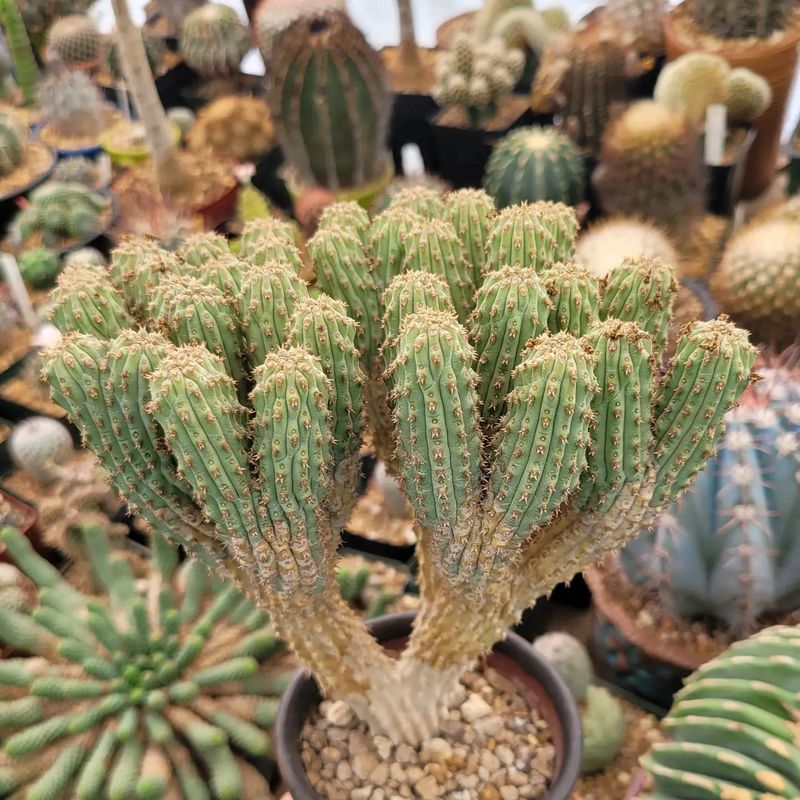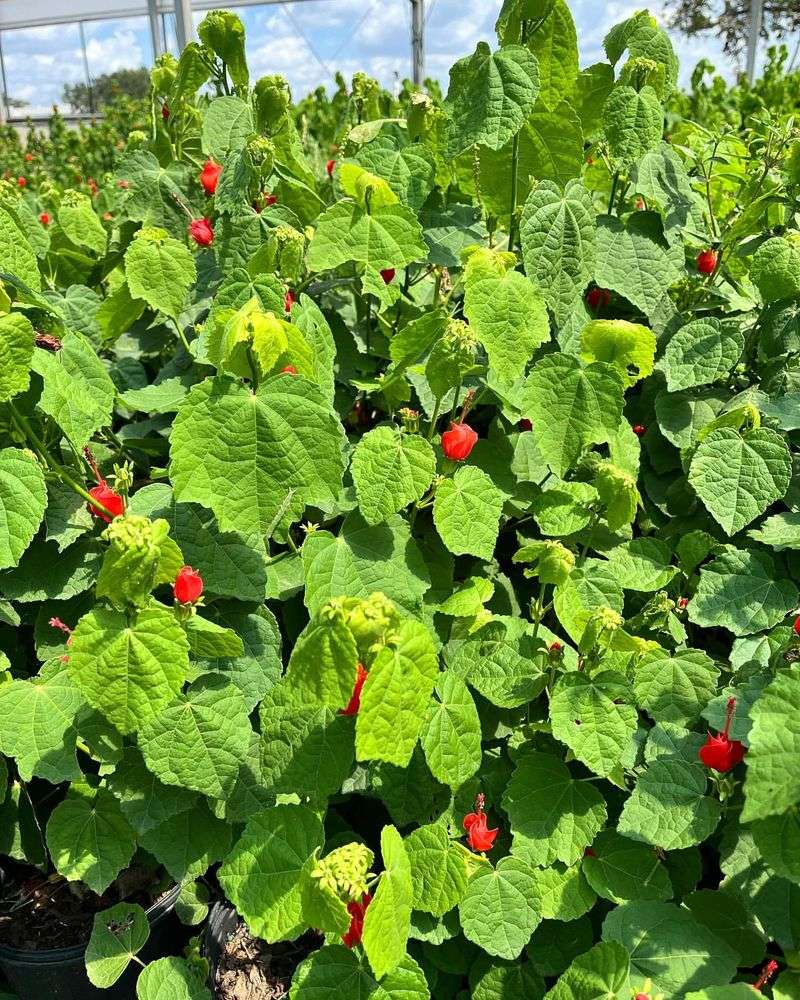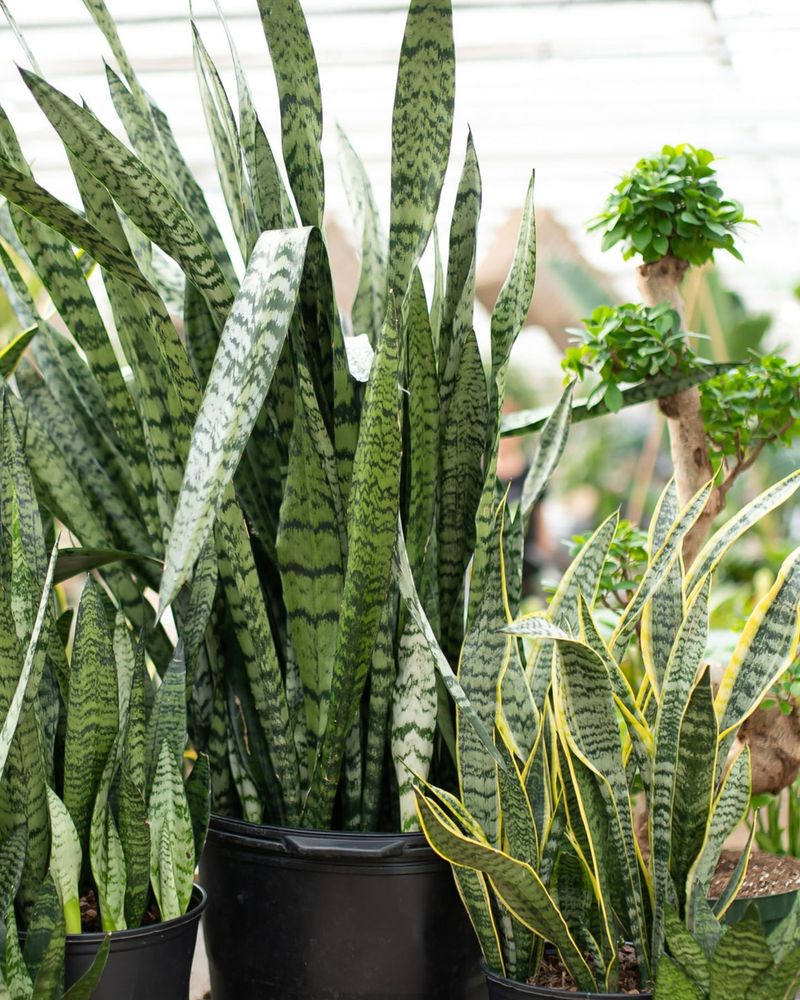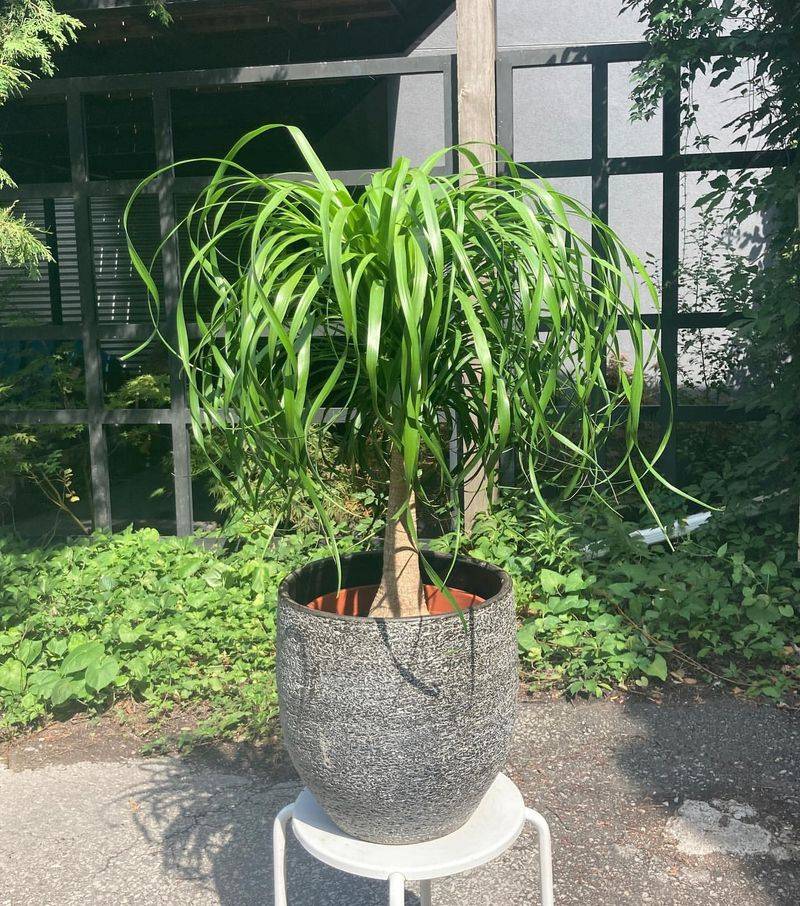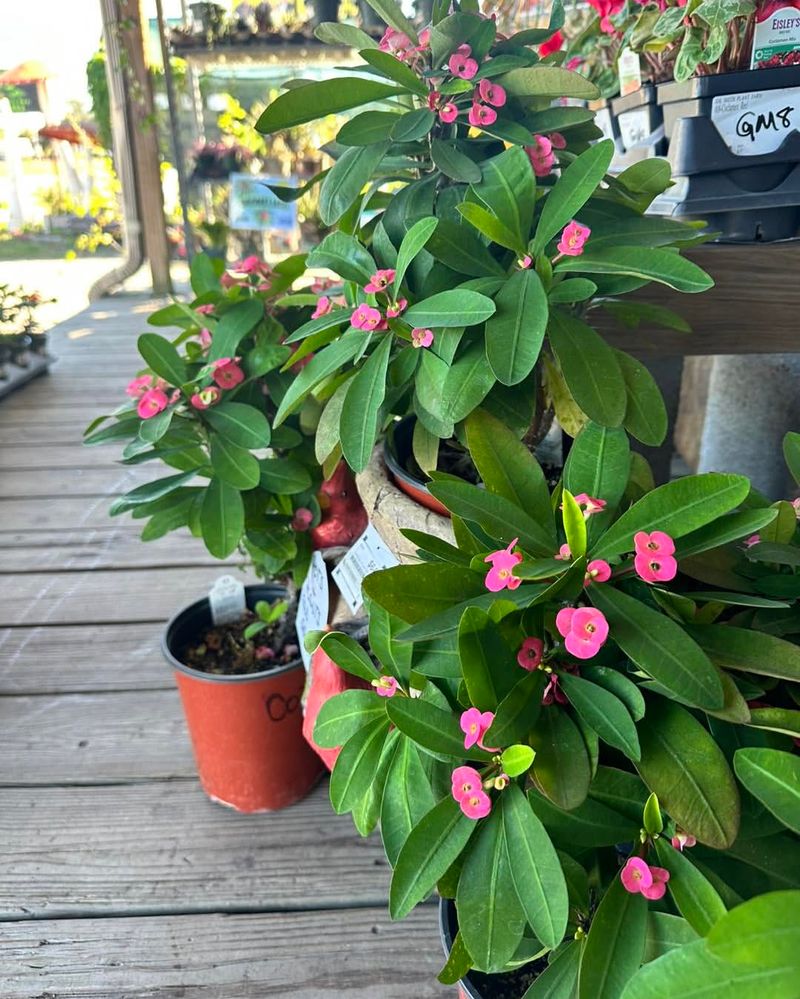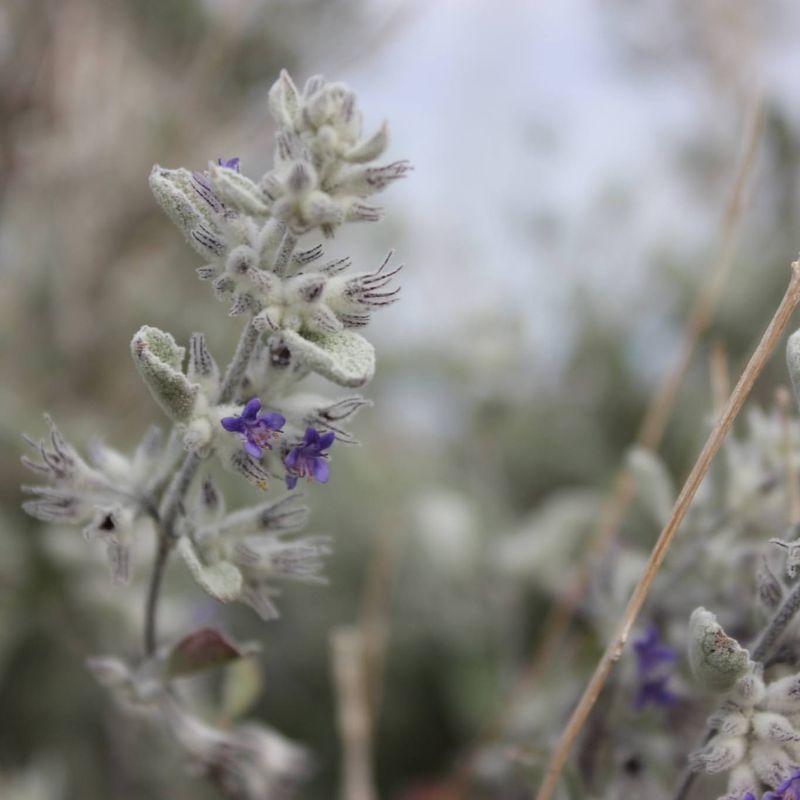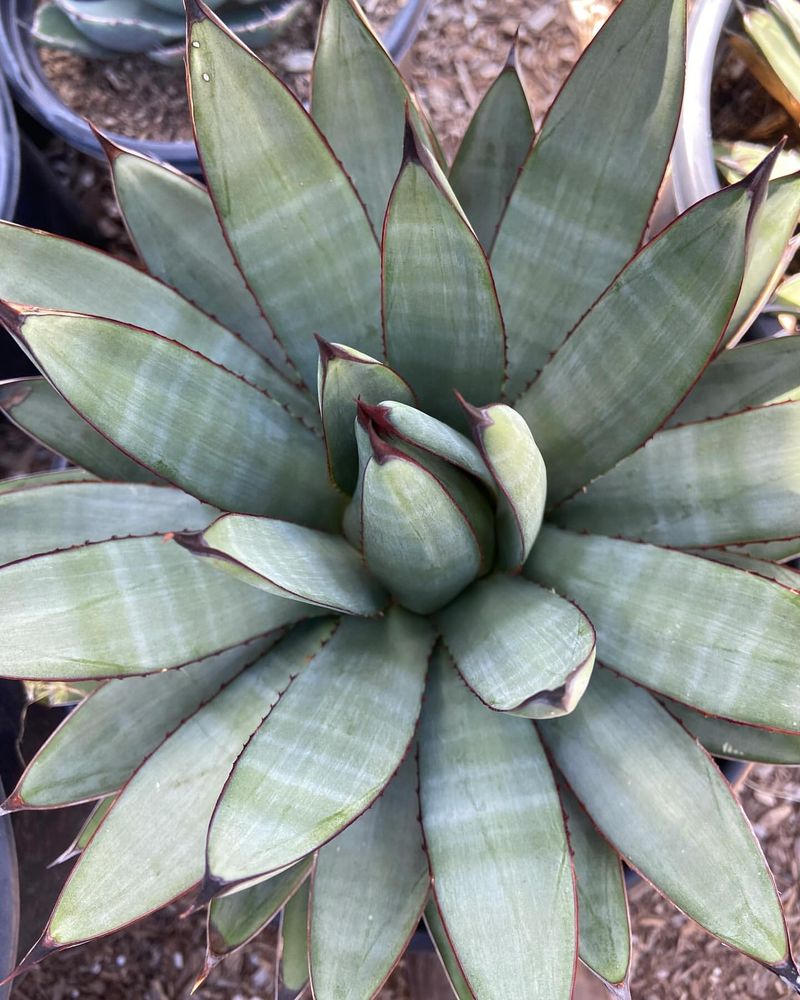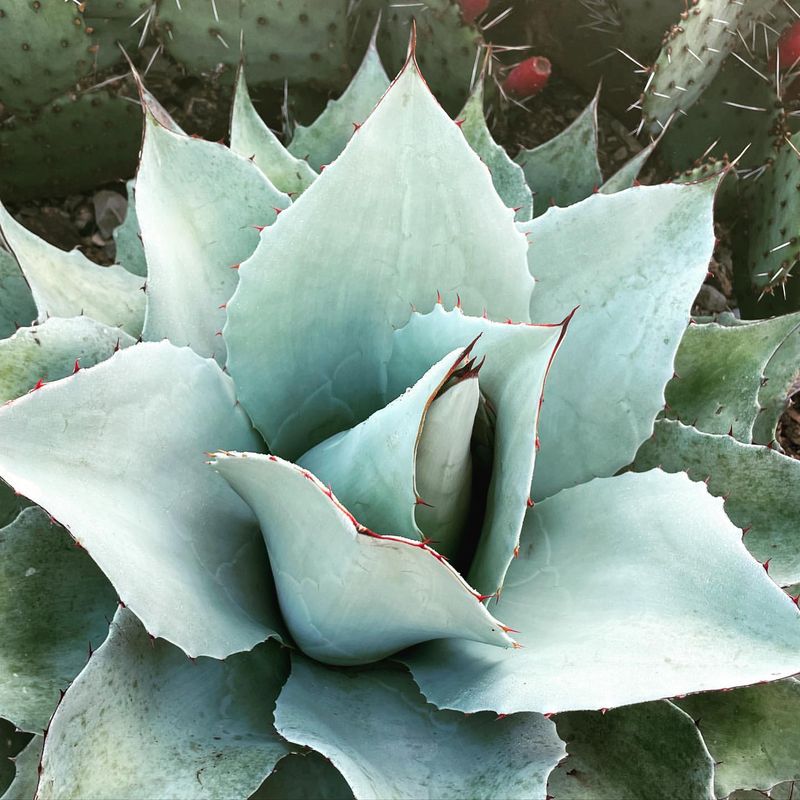In the heart of the world’s driest places, some plants not only survive but actually thrive. These unique specimens have evolved to flourish in conditions that would wither most living things, making them perfect for anyone looking to cultivate a desert garden or simply understand nature’s resilience.
With their fascinating adaptations and striking appearances, desert plants are a testament to nature’s ingenuity. Join us as we explore 26 remarkable plants that have mastered the art of surviving in arid environments, each with its own unique charm and growing tips for your garden.
1. Aloe Vera
Nature has armed this plant with thick, fleshy leaves that store water, allowing it to endure even the harshest desert droughts. Aloe Vera, with its soothing gel, is more than just a sunburn remedy.
For the best results, place it in a sunny spot and watch for overwatering, as it prefers its soil on the dry side. This resilient plant appreciates neglect, thriving when left in peace to soak up the sun’s rays.
2. Joshua Tree
With its whimsical shape and towering presence, this plant looks as if it were plucked straight from a Dr. Seuss book. The Joshua Tree, found in the Mojave Desert, is an iconic symbol of desolate beauty.
Plant it in sandy soil with plenty of sunlight, and it’ll reward you with its distinctive silhouette. Water sparingly, as this hardy tree is built to withstand long periods of drought.
3. Saguaro Cactus
Towering majestically above the desert floor, this plant is a true giant of the cactus world. The Saguaro Cactus can grow over 40 feet tall, providing a living skyscraper for birds and other desert dwellers.
Ensure it gets ample sunlight and well-drained soil to mimic its natural habitat. Patience is key, as this cactus grows slowly but steadily, rewarding you with its grandeur over time.
4. Barrel Cactus
Round and robust, this plant is a resilient survivor of the desert. The Barrel Cactus’s ribbed shape allows it to expand and store water efficiently, a crucial adaptation for its arid home.
Plant it in gritty, well-draining soil and give it plenty of sunlight to thrive. Handle with care due to its sharp spines, and water sparingly to prevent root rot.
5. Peyote
Small yet significant, this plant has played a central role in indigenous rituals for centuries. Peyote is a slow-growing cactus with psychoactive properties, revered for its spiritual significance.
Cultivate it in sandy soil and a warm, dry climate to mimic its native desert environment. Patience is vital, as this cactus requires minimal watering and a careful, respectful approach to cultivation.
6. Prickly Pear
Vibrant flowers and juicy fruits make this plant a standout in the desert landscape. The Prickly Pear cactus, with its paddle-like pads, is both beautiful and resilient.
Provide it with rocky, well-draining soil and plenty of sunlight to encourage healthy growth. Harvest the edible pads and fruits carefully, avoiding the tiny spines that cover its surface.
7. Ocotillo
Sprawling and spiny, this plant bursts into a fiery display of red flowers during the blooming season. The Ocotillo, often mistaken for a cactus, is a unique desert shrub with a flair for dramatic transformations.
Plant it in well-draining soil and ensure it gets full sun to thrive. Water sparingly, as it has adapted to survive with minimal moisture in its native habitat.
8. Brittlebush
Golden blooms and silvery leaves define this plant, a desert dweller with a delicate appearance. The Brittlebush is often seen brightening up the arid landscapes with its cheerful flowers.
Plant it in well-drained soil and give it plenty of sunlight to ensure a vibrant display. It’s drought-tolerant, requiring very little water once established.
9. Desert Marigold
This cheerful plant brings a splash of sunshine to the driest of deserts with its bright yellow blooms. The Desert Marigold is a perennial favorite among those seeking color in arid regions.
To cultivate, ensure it has sandy, well-drained soil and plenty of sunlight. It’s low maintenance, thriving with minimal water and providing color throughout the warmer months.
10. Agave
With its rosette of sharp, striking leaves, this plant is a true desert icon. The Agave, known for its use in making tequila, is both beautiful and versatile.
Provide it with well-drained soil and full sun to see it flourish. Be cautious of its spines when handling, and water sparingly to prevent root rot.
11. Creosote Bush
Displaying resilience against the harshest elements, this plant thrives where few others can. The Creosote Bush is known for its medicinal uses and distinctive, rain-like scent after a desert storm.
Plant it in gravelly soil with ample sunlight to mimic its natural conditions. It’s incredibly drought-resistant, needing very little water once established.
12. Desert Willow
Gracing the desert with its willow-like appearance and vibrant pink flowers, this plant is a sight to behold. The Desert Willow stands out with its elegant, slender branches and fragrant blooms.
For optimal growth, plant it in well-drained soil with full sun exposure. It’s adaptable and drought-tolerant, requiring little water once established.
13. Mojave Aster
Lavender blooms and delicate leaves make this plant a lovely addition to any desert garden. The Mojave Aster is renowned for its colorful display amidst the barren desert landscape.
Cultivate it in sandy soil with plenty of sunlight to encourage lush flowering. It’s hardy and drought-tolerant, requiring minimal care once established.
14. Fairy Duster
Whimsical and enchanting, this plant’s fluffy pink flowers add a touch of magic to the desert. The Fairy Duster is as delightful as its name suggests, with blooms that resemble delicate pom-poms.
Plant it in sandy soil with good drainage and ensure it gets full sun. It’s drought-resistant, requiring little water, and thrives with minimal care.
15. Red Yucca
Slender stalks topped with red tubular flowers make this plant a standout in desert gardens. The Red Yucca, despite its name, isn’t a true yucca but is beloved for its striking appearance.
Provide it with well-drained soil and full sun to see it thrive. It’s low maintenance, requiring minimal water once established and perfect for xeriscaping.
16. Desert Rose
This plant dazzles with its succulent leaves and vibrant pink blooms, making it a favorite for desert gardeners. The Desert Rose, with its caudex and trumpet-shaped flowers, is both exotic and resilient.
Place it in well-draining soil and give it plenty of sunlight to flourish. Water sparingly, allowing the soil to dry out between waterings to prevent root rot.
17. Ghost Plant
Pale and ghostly, this plant’s rosette-shaped leaves create an ethereal beauty in arid environments. The Ghost Plant, a type of succulent, thrives with its drought-tolerant nature and striking appearance.
Plant it in well-drained, sandy soil with full sun exposure for optimal growth. It’s low maintenance, requiring very little water and perfect for rock gardens.
18. Living Stones
Camouflaged among the rocks, this plant’s unique adaptation allows it to blend seamlessly with its surroundings. Living Stones, or Lithops, are succulents that mimic the appearance of stones to avoid predators.
Cultivate them in a gritty, well-draining soil with plenty of sunlight. Water sparingly, allowing the soil to dry completely between waterings, as they are highly drought-tolerant.
19. Euphorbia
Spiky and striking, this plant adds texture and intrigue to any desert landscape. Euphorbia, with its wide variety of species, is known for its unique shapes and resilience.
Provide it with sandy, well-draining soil and full sun to encourage healthy growth. Handle with care, as its milky sap can be irritating, and water sparingly to prevent root rot.
20. Turk’s Cap
Crowned with bright red flowers, this plant is a vibrant addition to desert gardens. The Turk’s Cap cactus is admired for its distinctive, rounded top and eye-catching blooms.
Plant it in well-draining soil with ample sunlight to see it flourish. It’s drought-tolerant, needing little water, and its compact size makes it perfect for container gardening.
21. Snake Plant
Tall and sword-like, this plant’s leaves create a bold statement in any environment. The Snake Plant, or Sansevieria, is famous for its air-purifying abilities and hardiness.
Provide it with sandy, well-draining soil and a sunny spot to encourage robust growth. It’s incredibly drought-resistant, requiring very little water and ideal for beginners.
22. Ponytail Palm
With a trunk resembling an elephant’s foot and cascading leaves, this plant adds a touch of whimsy to the desert. The Ponytail Palm is not a true palm but is adored for its unique appearance and low maintenance.
Plant in well-draining soil and place it in a sunny location to thrive. It’s drought-tolerant, requiring infrequent watering, and perfect for indoor or outdoor gardens.
23. Crown of Thorns
Brilliant red blooms contrast with its spiny stems, making this plant a striking choice for desert gardeners. The Crown of Thorns, known for its resilience, can bloom all year under the right conditions.
For best results, provide well-draining soil and plenty of sunlight. It’s drought-resistant, needing minimal water, and thrives on neglect, making it perfect for busy individuals.
24. Desert Lavender
Silvery leaves and fragrant purple flowers make this plant a standout in any arid landscape. The Desert Lavender is beloved for its soothing scent and ornamental appeal.
Plant it in well-draining soil with full sun to encourage lush blooms. It’s drought-tolerant and requires minimal care once established, perfect for those seeking low-maintenance beauty.
25. Blue Agave
Majestic and bold, this plant’s rosette of blue-green leaves is a showstopper in desert landscapes. The Blue Agave, famous for its role in tequila production, is both impressive and hardy.
Provide it with sandy, well-draining soil and plenty of sunlight to thrive. It’s drought-resistant, needing minimal water, and its striking form adds architectural interest to gardens.
26. Whale’s Tongue Agave
With its broad, tongue-like leaves, this plant is a captivating addition to arid gardens. The Whale’s Tongue Agave stands out with its unique shape and grey-blue hue.
Plant it in well-drained soil with full sun exposure for optimal growth. It’s drought-tolerant, requiring little water, and perfect for adding a dramatic flair to any landscape.

